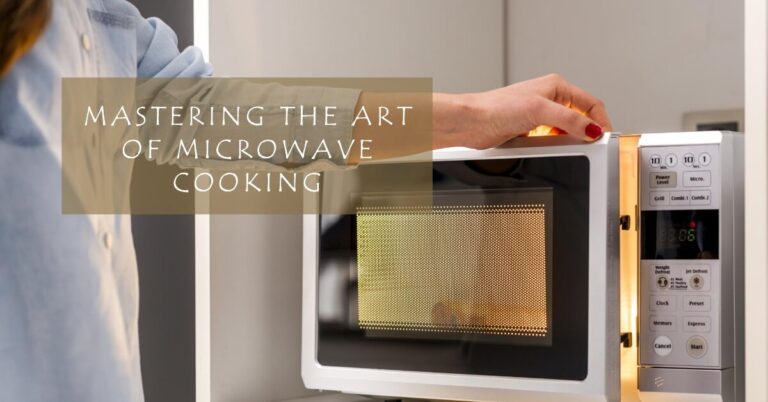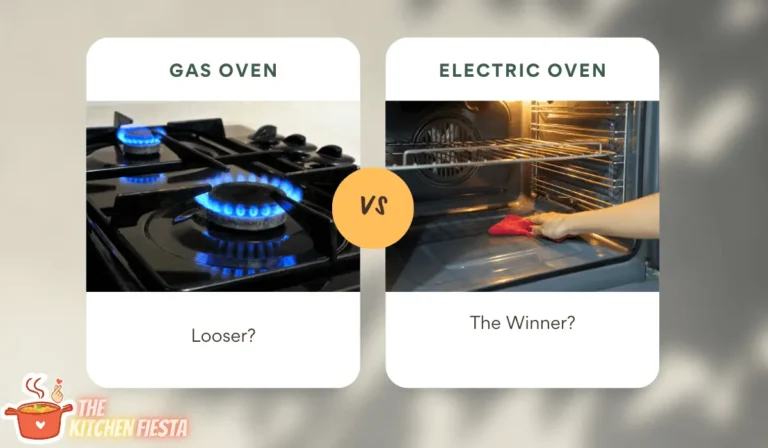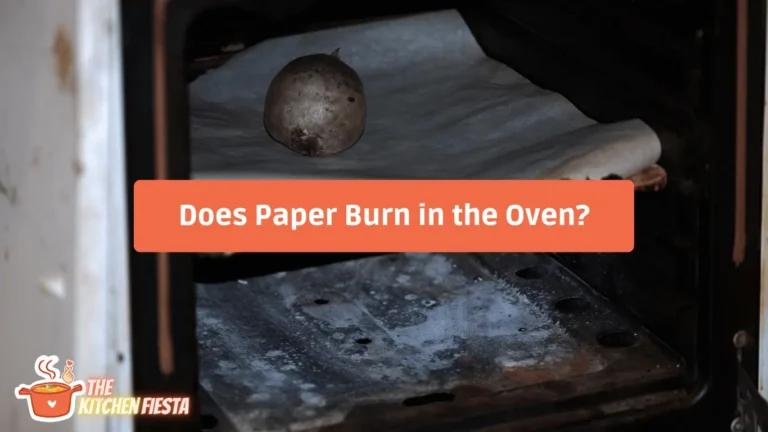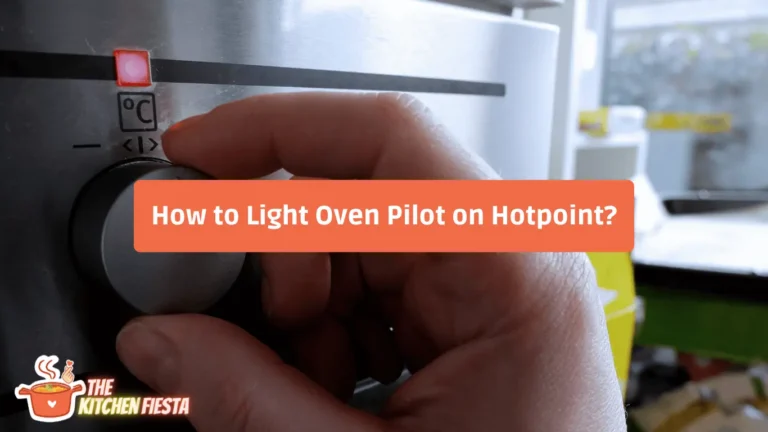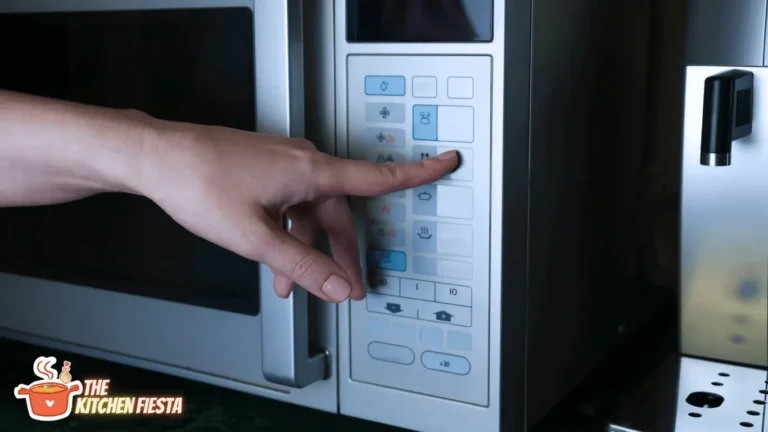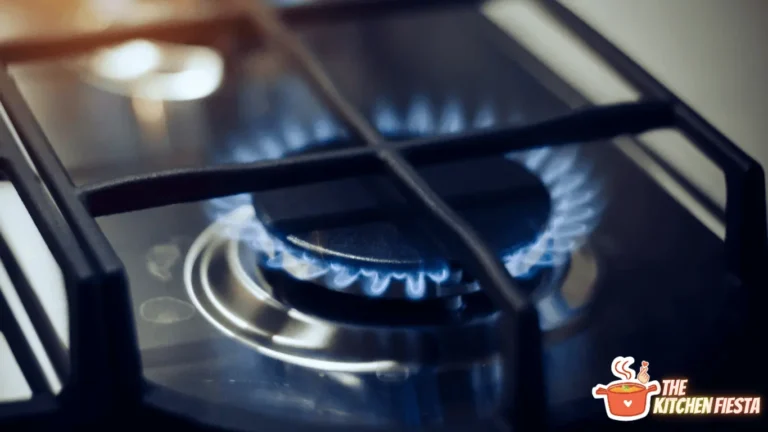Can You Really Put Metal Cookware in a Convection Microwave Oven?
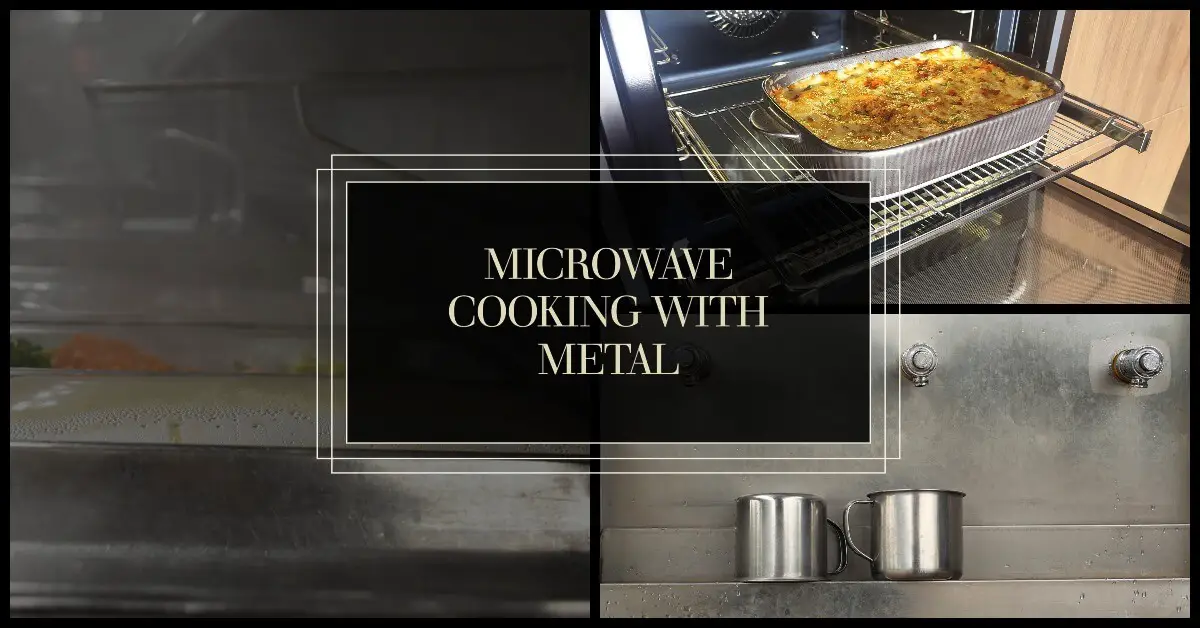
Have microwaves taken over your kitchen? Are you looking to upgrade your cooking game with a more versatile appliance? If so, a convection microwave oven could be the perfect solution. But there’s a big question many people have: can you put metal pans and foil in a convection microwave oven?
The short answer is yes, you can use metal cookware in a convection microwave thanks to the convection setting. Read on to learn everything you need to know about how these handy appliances work, why metal is safe on convection mode, tips for cooking with metal, which metals to use, common mistakes to avoid, and our top brand and model recommendations. Let’s dive in!
A Convection Microwave Blends Two Appliances Into One
A convection microwave oven combines microwave cooking with traditional convection oven technology. This gives you the speed of microwave heating along with the browned, crispy, evenly cooked results of a convection oven.
Microwaves work by emitting high-frequency radio waves that cause water molecules in food to vibrate quickly, creating internal friction that heats the food. This allows for very fast cooking times, but can lead to uneven heating and lack of browning.
A convection oven uses a heating element and a fan to circulate hot air around the cavity. This moves the heat around food more evenly and provides the exterior browning that microwaves can’t achieve.
By integrating both cooking technologies, a convection microwave oven gives you the best of both worlds. You get the quick microwave cooking along with the evenly browned exterior and moist interior of an oven-baked dish.
How Does a Convection Microwave Oven Work?
Convection microwave ovens have different settings that utilize microwave and convection cooking separately or together. Here’s a quick rundown of how each setting works:
- Microwave mode uses traditional microwave technology to cook food quickly from the inside out.
- Convection mode relies solely on a heating element and fan to circulate hot air and cook food like a traditional oven.
- Combination mode uses both microwave and convection heating at the same time for speedier and crispier cooking.
There are often additional cooking modes like broil, roast, defrost, and more. You get the flexibility to choose the best cooking method for what you’re making!
Why Should You Consider a Convection Microwave?
Upgrading from a traditional microwave to a convection microwave oven offers some great benefits:
- Faster cooking times – Use microwave mode to cook dishes in a fraction of the time.
- Even heating – Convection mode prevents cold spots and cooks food more evenly.
- Browning and crisping – Get golden brown exteriors similar to oven baking thanks to the convection fan.
- Versatility – Choose the right mode for everything from roasting meats to reheating leftovers.
- Convenience – Replaces two appliances with an all-in-one cooking solution.
Is It Safe to Use Metal Cookware in a Convection Microwave?
Here’s where things get interesting! Traditional microwaves cannot contain any metal when operating. This includes aluminum foil, metal pots and pans, and metal utensils.
Metal causes arcing and sparks because it blocks microwave penetration and rapidly heats up. This can damage the appliance and be a fire hazard.
However, when using the convection setting, your convection microwave oven will allow metal cookware. This includes:
- Aluminum foil
- Metal baking pans
- Metal racks
- Metal pots and pans
The convection fan circulates air to prevent uneven hot spots, so metal cookware can be used safely. Always make sure to use microwave-safe plastics and ceramics when using microwave mode though.
Tips for Cooking with Metal in a Convection Microwave
Cooking with metal in your convection microwave opens up new possibilities, but there are some best practices to follow:
- Use heavy metal pans with tight-fitting lids. Lightweight foil pans can warp.
- Place pans on a microwave-safe dish for support. Don’t place directly on the turntable.
- Allow 2-3 inches around pans for proper air circulation. Avoid overcrowding.
- Use thermometers and adjust cook times since metal conducts heat differently.
- Never use metal containers, foil, etc. on strict microwave mode.
- Watch food closely and adjust cook times and heat settings as needed.
What Kinds of Metal Work Best?
You have options when it comes to choosing metal cookware for your convection microwave oven. Here are the best metal materials to use:
- Aluminum – Excellent heat conductor that is affordable and lightweight. Most foil pans and baking sheets are aluminum.
- Stainless steel – More durable and oven-safe at higher temperatures. Stainless steel baking pans work well.
- Ceramic-coated metal – Provides nonstick surface with even heating of metal underneath.
- Silicone-coated metal – Silicone coating is safe for microwave yet pan still conducts heat evenly.
Avoid cast iron or any metals that can rust or warp at high temperatures. Always check manufacturer guidelines for any cookware before using.
What Dishes Are Ideal to Make?
A convection microwave oven allows you to make just about anything! Here are some of the best uses for metal cookware:
- Meats – Roast chicken, beef, pork, etc. for juicy, tender results all the way through.
- Casseroles – Metal baking dishes heat evenly for delicious homemade casseroles.
- Pizza – Crisp up homemade or frozen pizza using a metal baking sheet.
- Bacon and sausage – Lay bacon strips or sausage links on a metal rack for perfect crispy results.
- Vegetables – Roast veggies in a metal pan to caramelize while cooking through.
- Baked goods – Metal pans are ideal for cakes, cookies, muffins, and other baked treats.
- Frozen foods – Use metal trays for crispy frozen snacks like fries, nuggets, and more.
Common Mistakes to Avoid
To get the most out of convection microwave cooking, be aware of these mistakes:
- Overcrowding – Leave room for airflow between pans.
- Not preheating – Preheating helps prevent cold spots.
- No thermometer – Use a meat thermometer for doneness with roasts.
- Too much foil – Limit foil use as it conducts heat very quickly.
- Microwaving metal – Never microwave any metal, even in a convection microwave.
Convection Microwave Safety Tips
While today’s convection microwave ovens have plenty of built-in safety features, it’s always important to keep safety in mind:
- Keep the unit and racks clean to prevent grease buildup and sparks.
- Inspect cookware for damage before each use. Discard any pans with cracks.
- Always follow manufacturer instructions for cook times, heat settings, and proper use.
- Use potholders when removing hot cookware. Metal pans get very hot!
- Don’t use metal containers, foil, etc. on microwave mode.
- Monitor food closely and adjust cook times/power as needed.
Top Brands and Models to Consider
Ready to upgrade your microwave game with a convection microwave oven? Here are some top-rated options:
Cuisinart CMW-200 – 1.2 cubic feet, stainless steel, 1000W, reasonably priced
Panasonic NN-CD989S – spacious 2.2 cu. ft., inverter technology, excellent reviews
Samsung ME19R7041FS – sleek black stainless 1.9 cu. Ft., slim fit built-in
GE PEB9159SJSS – 1.5 cu. Ft. capacity, 300 CFM venting system, 1000W power
Sharp SMC1452CH – 1.4 cu. ft. compact over-the-range, shiny metal interior
Be sure to compare size, power, settings, smart features, price, and warranty as you shop. Consider your needs as well as oven dimensions to find the right fit for your kitchen.
Convection Microwave Reviews
Here’s what real owners have to say about their favorite convection microwave models:
“This Cuisinart microwave is awesome! I can cook frozen foods and have them come out browned and crispy, not soggy. It looks great in my kitchen too and was so easy to install. I use the convection feature multiple times per week.”
“I never knew you could bake a cake in the microwave! This Panasonic combi oven is so quiet and makes delicious moist cakes, roast chicken, Juicy burgers, you name it. The convection fans works incredibly fast too. I don’t use my regular oven nearly as much now.”
“I chose the Samsung microwave because it matches my other appliances and has plenty of neat features. I especially love how evenly it cooks using the convection mode, especially for heating up leftovers so they don’t get rubbery. It was worth the higher price for sure.”
Frequently Asked Questions
Q: Can any metal be used in a convection microwave?
A: No, only microwave-safe metals like aluminum, stainless steel, and coated metals should be used. Avoid cast iron, non-stick metals with scratched coating, or any metals that can rust.
Q: Do I need special cookware for my convection microwave?
A: As long as cookware is marked microwave-safe, it will work well. Metal pans are ideal for convection cooking. Pick ones that fit your oven dimensions.
Q: How do I know which setting to use?
A: Microwave mode for reheating and quick cooking, convection for baking and roasting, and combination to both microwave cook and brown foods. Get to know your appliance!
Q: Can metal touch the microwave walls or get too close to the top?
A: No, always leave 2-3 inches of space around pans for proper airflow. Metal should never touch oven walls or heating elements.
Go Ahead – Use Metal in Your Convection Microwave!
In conclusion, convection microwave ovens provide a versatile cooking appliance that can accept metal cookware on convection settings. Take advantage of faster, crispier, and more evenly cooked meals by using metal pans and trays. Just be sure to follow safety precautions.
Ready for convection microwave cooking? We hope this guide gave you tips and confidence to start utilizing metal bakeware in your combo microwave oven. With the right tools and techniques, you can whip up everything from roasted veggies to baked goods in your microwave. Ditch the microwave dinners and enjoy convection cooking!

